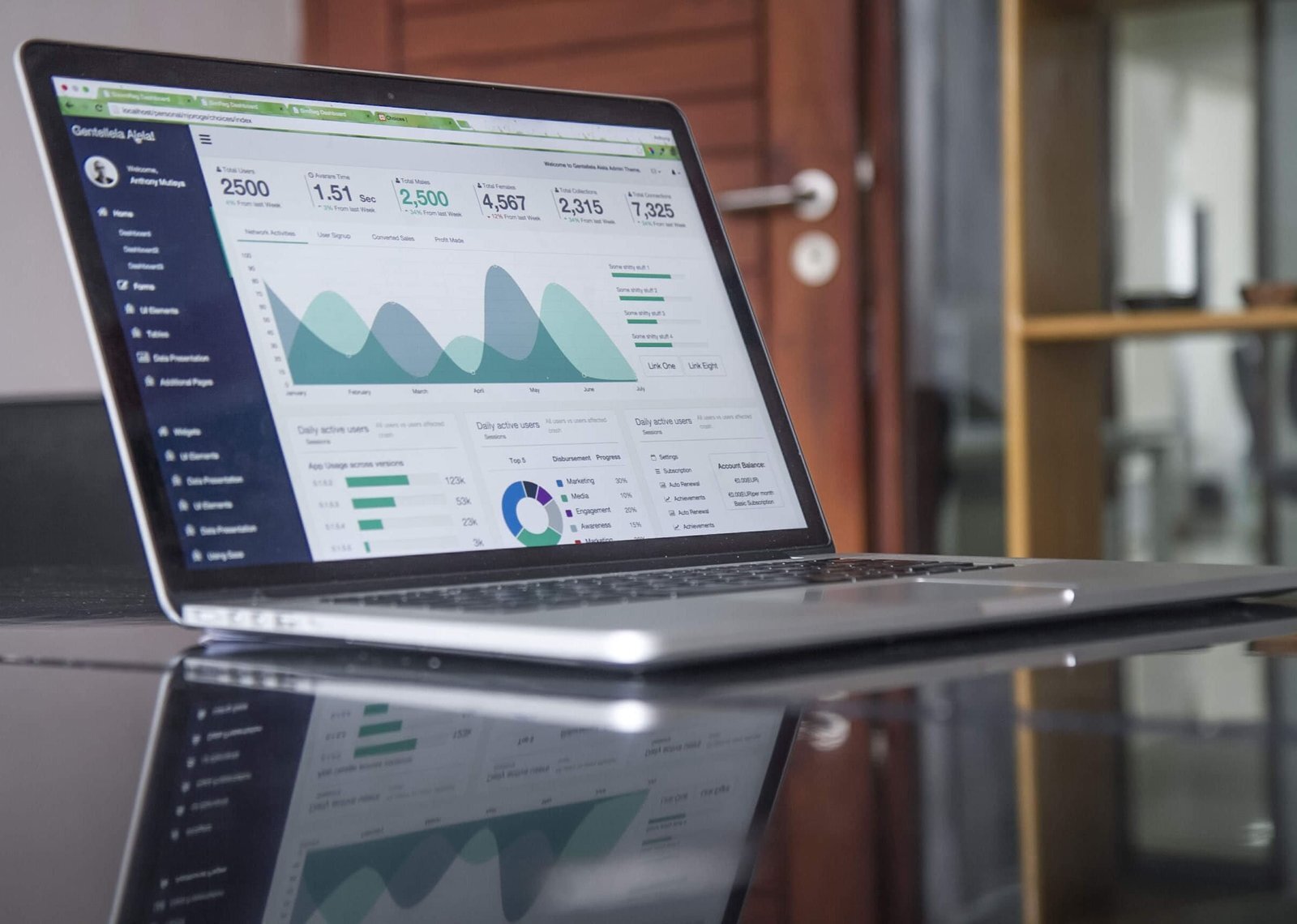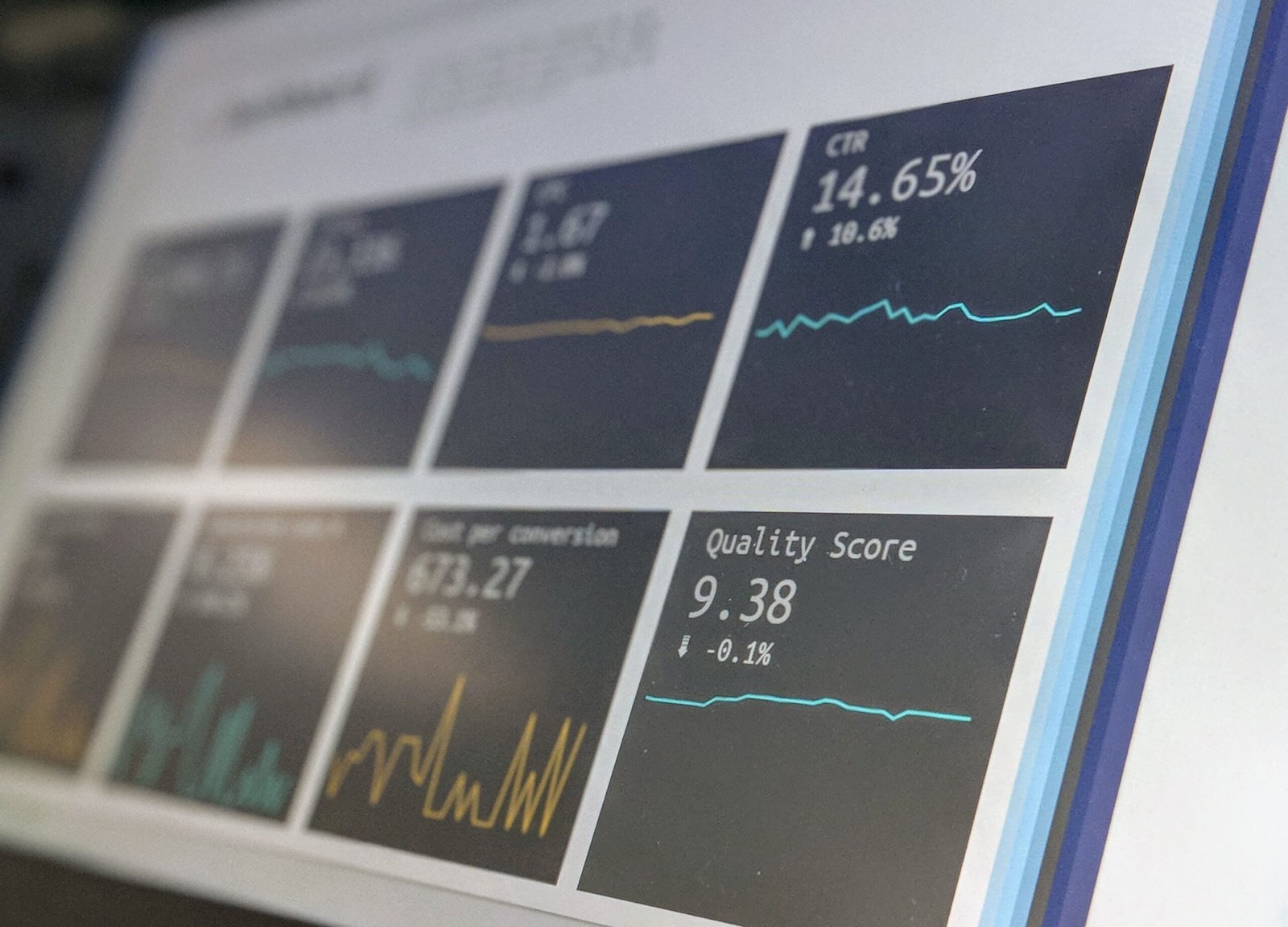Data analytics is a powerful tool that businesses can use to drive better insights and decision-making. By understanding what data to collect and how to analyze it, businesses can gain a competitive edge and improve their bottom line. In this blog post, we will explore how businesses can use data analytics to drive better business insights. We will cover topics such as what data to collect, how to analyze it, and how to use it to improve your business.

What is Data Analytics?
In the past decade, big data has become something of a buzzword in the business world. But what is big data, and how can businesses use it to their advantage?
Data analytics is the process of extracting valuable insights from large data sets. This information can be used to improve decision-making and drive better business outcomes.
There are many different types of data analytics, but some common methods include descriptive analytics, predictive analytics, and prescriptive analytics.
Descriptive analytics helps businesses understand what has happened in the past. This information can be used to identify trends and patterns.
Predictive analytics uses historical data to make predictions about future events. This information can be used to plan for future trends and prepare for potential risks.
Prescriptive analytics takes things one step further by not only predicting what will happen but also providing recommendations on what should be done to achieve desired outcomes.
Data analytics is a powerful tool that can help businesses unlock hidden value in their data. By harnessing the power of data analytics, businesses can gain a competitive edge and improve their bottom line.

The benefits of data analytics
Data analytics can help businesses to improve their decision-making processes, to better understand their customers and target markets, and to identify new growth opportunities. By understanding the relationships between data sets, businesses can make more informed decisions about where to allocate their resources. Additionally, data analytics can help businesses to track and monitor key performance indicators (KPIs) to assess their progress towards achieving their objectives.
Data analytics can also help businesses to improve their customer service by identifying trends and patterns in customer behaviour. For example, if a business notices that a particular group of customers is consistently unhappy with the level of service they receive, they can address this issue by making changes to their operations. Additionally, data analytics can be used to develop targeted marketing campaigns that are more likely to result in sales.
Ultimately, data analytics provides businesses with the ability to make better decisions, improve their customer service, and identify new growth opportunities. When used effectively, data analytics can be a powerful tool for driving business success.
Data analytics can help businesses to identify patterns and trends in data, which can be used to improve decision-making. Data analytics can also help businesses to understand their customers better and to develop more effective marketing strategies. Additionally, data analytics can help businesses to improve their operations by identifying inefficiencies and areas for improvement.
As business intelligence becomes more and more democratized, organizations are turning to data analytics to help them make better decisions. Data analytics can provide insights that help organizations improve their performance, gain a competitive edge, and better understand their customers.
There are many benefits of using data analytics, but some of the most impactful include:
1. Improved decision-making: Data analytics can help you to identify patterns and trends in your data that you may not have been able to see before. This can help you to make better decisions about where to invest your resources and how to allocate your budget.
2. Greater efficiency: Data analytics can help you to streamline your processes and workflows by identifying areas where you may be wasting time or resources. This can lead to increased efficiency and productivity within your organization.
3. Enhanced customer insights: Data analytics can give you a deeper understanding of your customer’s behaviour and preferences. This insight can help you to tailor your products and services to meet their needs more effectively, resulting in improved customer satisfaction.
4. Competitive advantage: By harnessing the power of data analytics, you can gain a competitive edge over other businesses in your industry that is not using this technology. You can use data analytics to identify new opportunities and optimize your marketing strategies to stay ahead of the competition.
5. Increased profitability: Ultimately, the goal of any business is to increase its profitability.

How to use data analytics to drive better business insights
Data analytics can help businesses gain insights into their customers, operations, and financial performance. By analyzing data, businesses can identify trends and patterns that can be used to make better decisions.
There are several different ways to use data analytics to drive better business insights. Here are some tips:
1. Use data analytics to understand your customers better.
By analyzing customer data, you can learn about their preferences and needs. This information can be used to improve your marketing and sales strategies.
2. Use data analytics to improve your operations.
Analyzing data can help you identify inefficiencies in your operations. This information can be used to streamline your processes and improve your bottom line.
3. Use data analytics to make better financial decisions.
Data analytics can help you understand your business’s financial health. This information can be used to make informed decisions about investments, pricing, and other financial matters
The challenges of data analytics
There is no doubt that data analytics can be extremely beneficial for businesses, giving them the ability to glean valuable insights from large data sets. However, several challenges need to be considered when using data analytics.
Firstly, data analytics requires access to large amounts of high-quality data. This can be difficult and costly to obtain, especially for small businesses.
Secondly, data analytics is a complex process, and businesses need to ensure they have the right technology and personnel in place to make the most of it.
Thirdly, data analytics can sometimes produce results that are unexpected or even contradictory. This means that businesses need to be prepared to question their assumptions.
Finally, it is important to remember that data analytics is only one tool that should be used to drive business insights. Other methods such as market research and customer surveys should also be used to complement the insights gained from data analytics.
Conclusion
There’s no question that data analytics is a powerful tool for businesses. By understanding how to use data analytics, businesses can gain insights that they otherwise would never have been able to obtain. And when these insights are used to drive better decision-making, the results can be truly transformative. If you’re not already using data analytics in your business, now is the time to start. With the right approach, you can uncover hidden opportunities and optimize your business for success.



![The Best Time to Post on Instagram in 2023 [For Every Scenario]](https://cdn-liinj.nitrocdn.com/IuPmZsdyTERjSgMznRzHZZjFrwsYmBNn/assets/images/optimized/rev-67363a8/witarist.com/wp-content/uploads/2023/09/WhatsApp-Image-2023-09-13-at-17.04.09-500x383.jpeg)
Leave A Comment Cancel reply